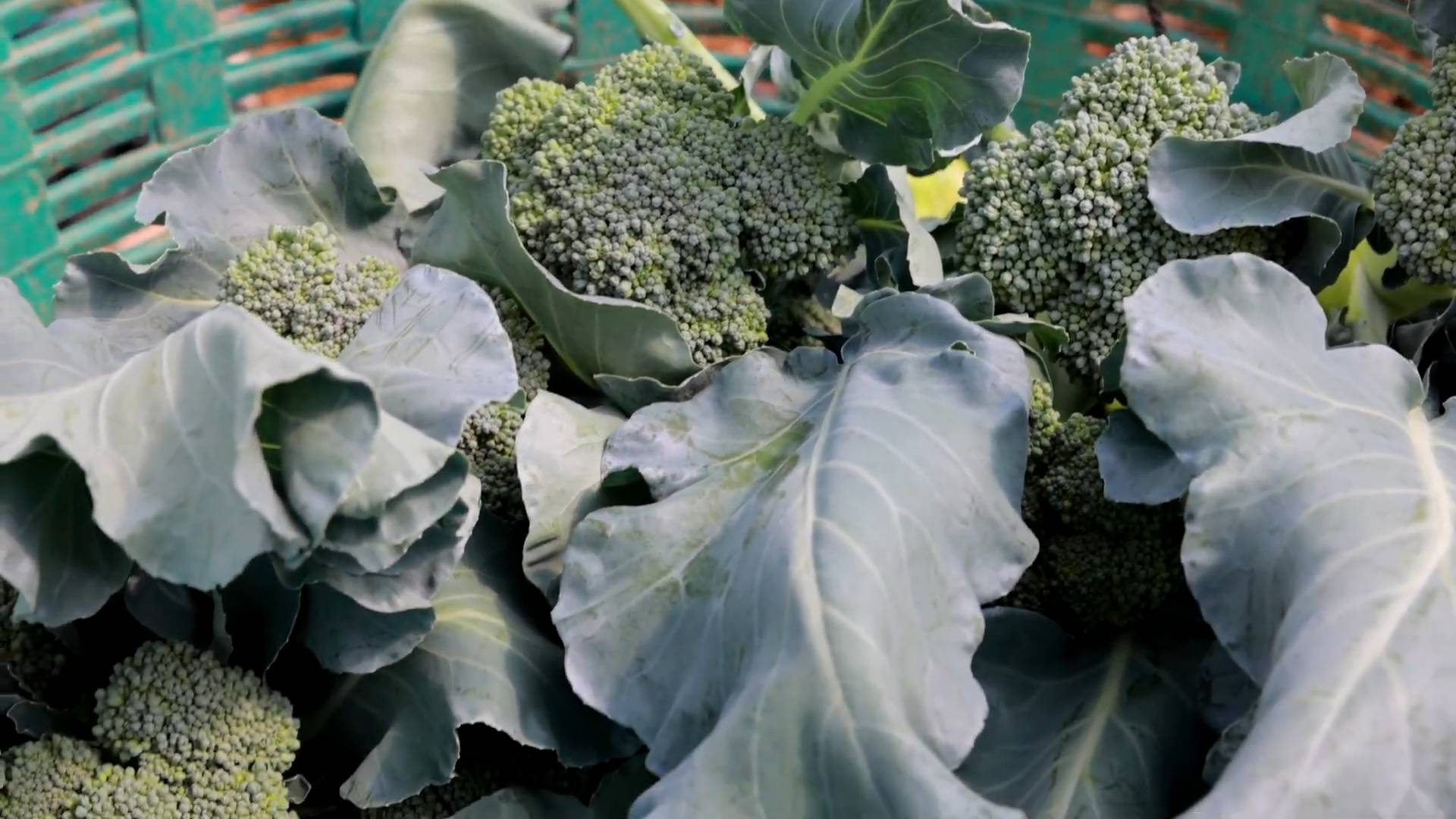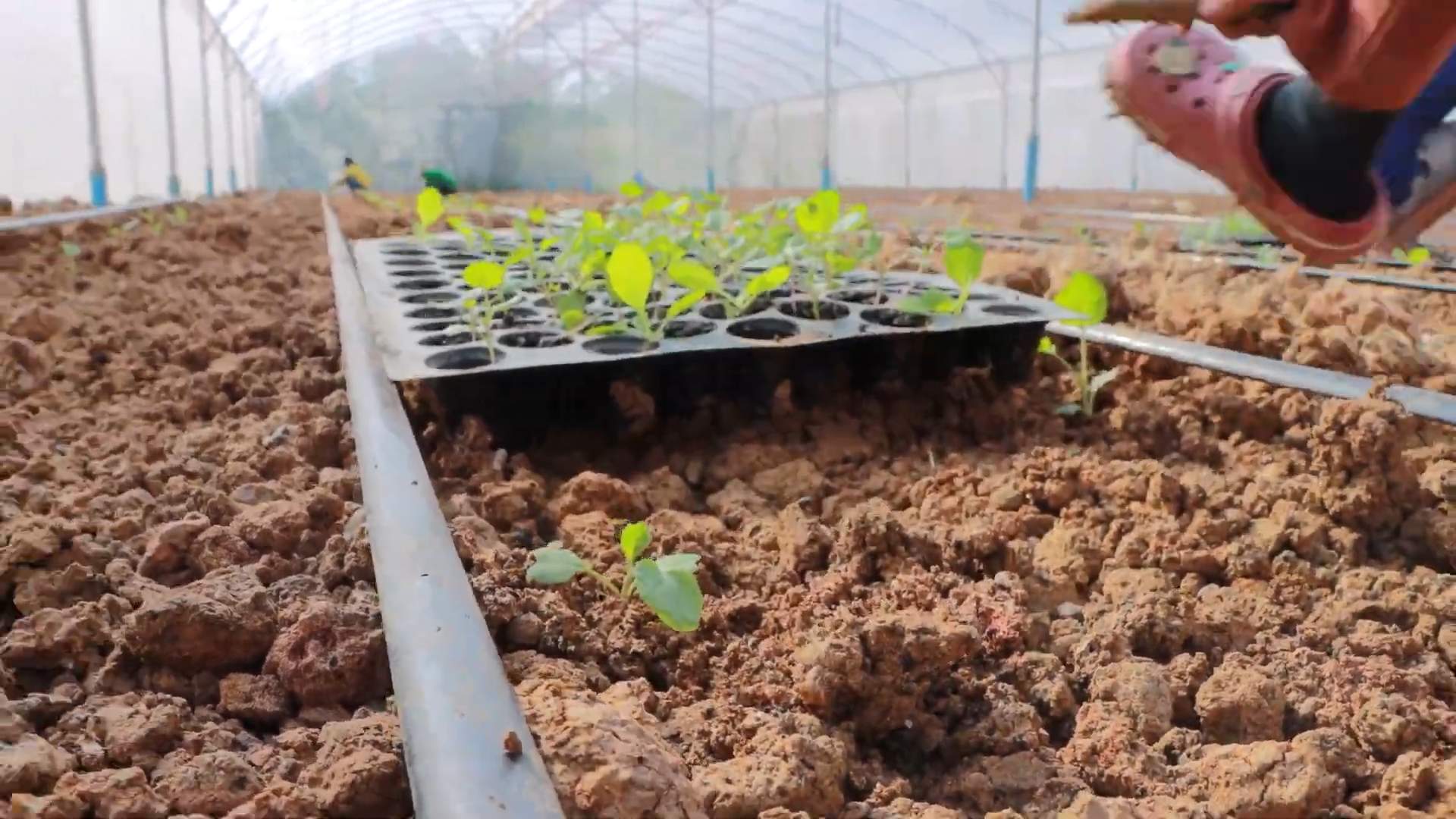Container Gardening Rosemary: Imagine stepping onto your balcony or into your backyard and being greeted by the invigorating scent of fresh rosemary. It’s not just a dream; it’s an achievable reality, even if you’re short on space! For centuries, rosemary has been cherished not only for its culinary prowess but also for its medicinal and aromatic properties. From ancient Greece, where students wore rosemary garlands to enhance memory, to medieval times when it symbolized remembrance, this herb boasts a rich history.
But let’s face it, not everyone has a sprawling garden to cultivate this fragrant beauty. That’s where the magic of container gardening comes in! I’m here to show you how easy and rewarding it can be to grow your own rosemary in pots. Whether you’re a seasoned gardener or a complete beginner, this DIY guide will provide you with simple, effective tricks and hacks to ensure your container gardening rosemary thrives.
Why do you need this DIY trick, you ask? Because store-bought rosemary often lacks the robust flavor and freshness of homegrown herbs. Plus, growing your own is incredibly satisfying and cost-effective. So, let’s ditch the wilted supermarket sprigs and embark on a journey to cultivate your very own aromatic rosemary haven, right in your own home!

“`html
Container Gardening: Grow Your Own Rosemary Like a Pro!
Okay, so you want to grow rosemary in a container? Awesome! Rosemary is such a versatile herb, and having it fresh at your fingertips is a game-changer. Plus, it smells amazing! I’m going to walk you through everything you need to know to successfully grow rosemary in a pot, even if you don’t have a green thumb (yet!).
Choosing the Right Container and Soil
This is where it all starts! The right container and soil are crucial for happy rosemary.
* Container Size: Rosemary needs room to grow. I recommend a pot that’s at least 12 inches in diameter and 12 inches deep. Bigger is generally better, as it gives the roots more space to spread out. You can always start with a smaller pot and transplant later, but it’s less stressful for the plant if you start with a good-sized one.
* Drainage: This is non-negotiable! Rosemary hates soggy roots. Make sure your container has plenty of drainage holes. If it doesn’t, you can drill some yourself (carefully!).
* Material: Terracotta pots are great because they’re porous and allow the soil to breathe. Plastic pots are fine too, but they retain more moisture, so you’ll need to be extra careful not to overwater.
* Soil: Forget garden soil! It’s too heavy and doesn’t drain well enough for containers. You need a well-draining potting mix. I like to use a mix specifically formulated for herbs, or you can make your own by combining equal parts potting soil, perlite, and compost. The perlite helps with drainage, and the compost adds nutrients.
Planting Your Rosemary
Alright, let’s get our hands dirty!
1. Prepare the Container: Before you add any soil, I like to put a layer of gravel or broken pottery at the bottom of the pot. This helps improve drainage even further.
2. Add Soil: Fill the container about two-thirds full with your chosen potting mix.
3. Remove Rosemary from Nursery Pot: Gently squeeze the sides of the nursery pot to loosen the rosemary plant. Carefully pull it out, trying not to damage the roots. If the roots are tightly bound (root-bound), gently loosen them with your fingers before planting.
4. Plant the Rosemary: Place the rosemary plant in the center of the container. The top of the root ball should be level with the soil surface.
5. Fill with Soil: Add more potting mix around the plant, filling in any gaps. Gently press down on the soil to secure the plant.
6. Water Thoroughly: Water the rosemary plant until water drains out of the drainage holes. This helps settle the soil and gets the roots off to a good start.
Caring for Your Rosemary
Now comes the ongoing care. Rosemary is pretty low-maintenance once it’s established, but here are a few key things to keep in mind:
* Sunlight: Rosemary loves sunshine! It needs at least 6-8 hours of direct sunlight per day. If you don’t have a sunny spot outdoors, you can grow it indoors under a grow light.
* Watering: Water rosemary when the top inch of soil feels dry to the touch. Don’t overwater! Rosemary is drought-tolerant and prefers to be on the drier side. Overwatering can lead to root rot, which is a common problem. During the winter months, you’ll need to water less frequently.
* Fertilizing: Rosemary doesn’t need a lot of fertilizer. I like to feed it with a balanced liquid fertilizer diluted to half strength every few weeks during the growing season (spring and summer). You can also add some slow-release fertilizer to the soil when you plant it.
* Pruning: Pruning is important for keeping your rosemary plant healthy and bushy. Prune it regularly to remove dead or damaged branches and to encourage new growth. You can also prune it to shape it into a desired form. Don’t prune more than one-third of the plant at a time. I usually prune mine in the spring after the last frost.
* Overwintering: Rosemary is hardy in zones 8-10, which means it can survive outdoors in those climates. If you live in a colder climate, you’ll need to bring your rosemary plant indoors for the winter. Place it in a sunny window or under a grow light. Water it less frequently during the winter months.
* Pests and Diseases: Rosemary is generally pest-resistant, but it can sometimes be affected by aphids, spider mites, or whiteflies. If you notice any pests, you can try spraying them with insecticidal soap or neem oil. Root rot is the most common disease, which is caused by overwatering.
Harvesting Rosemary
The best part! You can start harvesting rosemary once the plant is established, usually after a few months.
1. Choose Stems: Select stems that are at least 6 inches long.
2. Cut Stems: Use sharp scissors or pruning shears to cut the stems. Make the cuts just above a leaf node (the point where leaves grow from the stem).
3. Use Fresh or Dry: You can use the rosemary fresh or dry it for later use. To dry rosemary, tie the stems together in a bundle and hang them upside down in a cool, dry place. Once the leaves are dry, you can remove them from the stems and store them in an airtight container.
Troubleshooting
Even with the best care, sometimes things can go wrong. Here are a few common problems and how to fix them:
* Yellowing Leaves: This can be caused by overwatering, underwatering, or nutrient deficiencies. Check the soil moisture and adjust your watering accordingly. If the soil is dry, water thoroughly. If the soil is soggy, let it dry out before watering again. You can also try fertilizing the plant with a balanced fertilizer.
* Brown Leaves: This can be caused by sunburn, frost damage, or underwatering. If the plant is getting too much sun, move it to a shadier location. If it’s been exposed to frost, protect it with a blanket or bring it indoors. Make sure you’re watering the plant regularly.
* Leggy Growth: This is usually caused by insufficient sunlight. Move the plant to a sunnier location or provide supplemental lighting. Pruning can also help encourage bushier growth.
* Root Rot: This is caused by overwatering. The roots will turn brown and mushy. If you suspect root rot, stop watering the plant and let the soil dry out completely. You may need to repot the plant in fresh, well-draining soil.
Propagating Rosemary
Want more rosemary plants? You can easily propagate them from cuttings!
1. Take Cuttings: In the spring or summer, take 4-6 inch cuttings from new growth.
2. Remove Lower Leaves: Remove the leaves from the bottom inch of the cutting.
3. Dip in Rooting Hormone: Dip the cut end of the cutting in rooting hormone. This helps encourage root growth.
4. Plant Cuttings: Plant the cuttings in a pot filled with moist potting mix.
5. Cover with Plastic: Cover the pot with a plastic bag or dome to create a humid environment.
6. Keep Moist: Keep the soil moist but not soggy.
7. Wait for Roots: After a few weeks, the cuttings should start to develop roots. You can check for roots by gently tugging on the cuttings. If they resist, they’ve rooted.
8. Transplant: Once the cuttings have developed a good root system, you can transplant them into individual pots.
Rosemary Varieties to Consider
While all rosemary is wonderful, some varieties are particularly well-suited for container gardening:
* ‘Blue Boy’: A compact variety with small, blue-green leaves. It’s great for smaller pots.
* ‘Dwarf Blue’: Even smaller than ‘Blue Boy,’ making it perfect for very small spaces.
* ‘Trailing Rosemary’: This variety has a cascading growth habit, making it ideal for hanging baskets or pots where it can spill over the edges.
* ‘Arp’: A very hardy variety that can tolerate colder temperatures than other rosemary types.
Culinary Uses for Your Homegrown Rosemary
Okay, now for the fun part – using your fresh rosemary! The possibilities are endless. Here are just a few ideas:
* Roast Chicken or Lamb: Add sprigs of rosemary to the cavity of a chicken or lamb before roasting for incredible flavor.
* Roasted Vegetables: Toss vegetables like potatoes, carrots, and Brussels sprouts with olive oil, rosemary, salt, and pepper before roasting.
* Rosemary Bread: Add chopped rosemary to your favorite bread recipe.
* Rosemary Olive Oil: Infuse olive oil with rosemary by heating it gently with a few sprigs of rosemary.
*

Conclusion
So, there you have it! Mastering container gardening rosemary is not only achievable, but it’s also incredibly rewarding. Imagine stepping outside your door to snip fresh, fragrant rosemary sprigs whenever you need them. No more trips to the grocery store for overpriced, often wilted herbs. This DIY trick empowers you to cultivate your own thriving rosemary plant, regardless of your garden size or experience level.
Why is this a must-try? Because it’s simple, cost-effective, and brings the joy of fresh herbs directly to your kitchen. Rosemary, with its robust flavor and aromatic presence, elevates countless dishes, from roasted meats and vegetables to flavorful breads and infused oils. Plus, growing your own rosemary is significantly cheaper than constantly buying it from the store. You’ll be amazed at how quickly your initial investment in a pot, soil, and a rosemary starter plant pays for itself.
But the benefits extend beyond just culinary convenience. Rosemary is also known for its potential health benefits, including improved memory and concentration. Having a rosemary plant nearby can be a natural and pleasant way to potentially boost your cognitive function. And let’s not forget the sheer aesthetic appeal of a lush, green rosemary plant adorning your patio, balcony, or windowsill. It adds a touch of Mediterranean charm to any space.
Looking for variations? Consider experimenting with different rosemary varieties. ‘Blue Boy’ rosemary is known for its compact size and beautiful blue flowers, making it ideal for smaller containers. ‘Trailing’ rosemary cascades gracefully over the edges of pots, creating a stunning visual display. You can also companion plant your rosemary with other herbs that thrive in similar conditions, such as thyme, sage, or lavender. This creates a mini herb garden in a single container, maximizing your space and providing a diverse range of flavors.
Another fun variation is to create a rosemary topiary. With a little pruning and shaping, you can train your rosemary plant into a beautiful and unique ornamental feature. This adds a touch of elegance and sophistication to your container garden.
Don’t be afraid to get creative with your container choices as well. While terracotta pots are a classic choice, you can also use repurposed containers like old buckets, metal tubs, or even wooden crates. Just make sure the container has adequate drainage holes to prevent waterlogging.
We wholeheartedly encourage you to give this DIY container gardening rosemary trick a try. It’s a simple project that yields incredible results. Once you experience the satisfaction of harvesting your own fresh rosemary, you’ll wonder why you didn’t start sooner.
And most importantly, we want to hear about your experience! Share your photos, tips, and challenges in the comments below. Let’s create a community of rosemary enthusiasts and learn from each other. What variety did you choose? What container did you use? What dishes have you enhanced with your homegrown rosemary? We can’t wait to see your creations and hear your stories. Happy gardening!
Frequently Asked Questions (FAQ)
What kind of container is best for growing rosemary?
The ideal container for rosemary should be at least 12 inches in diameter and depth to allow for adequate root growth. Terracotta pots are a popular choice because they are porous, which helps to prevent overwatering. However, plastic or glazed ceramic pots can also be used, as long as they have drainage holes. Ensure the container is sturdy enough to support the mature size of the rosemary plant. Consider the aesthetic appeal as well, choosing a container that complements your outdoor space.
What type of soil should I use for container gardening rosemary?
Rosemary thrives in well-draining soil. A mixture of potting soil, perlite, and sand is ideal. Avoid using garden soil, as it can be too heavy and compact, leading to root rot. A good ratio is 2 parts potting soil, 1 part perlite, and 1 part sand. You can also purchase a pre-mixed potting mix specifically formulated for herbs. The key is to ensure the soil allows for proper drainage and aeration.
How often should I water my container rosemary?
Water rosemary deeply but infrequently. Allow the top inch of soil to dry out completely before watering again. Overwatering is a common mistake that can lead to root rot. Check the soil moisture regularly by sticking your finger into the soil. If it feels dry, it’s time to water. During hot, dry weather, you may need to water more frequently. In cooler, wetter weather, you may need to water less often.
How much sunlight does rosemary need?
Rosemary needs at least 6-8 hours of sunlight per day to thrive. Place your container in a sunny location, such as a south-facing balcony or patio. If you live in a particularly hot climate, provide some afternoon shade to prevent the plant from scorching. If you don’t have access to enough natural sunlight, you can supplement with grow lights.
How do I fertilize my container rosemary?
Rosemary is not a heavy feeder, but it will benefit from occasional fertilization. Use a balanced liquid fertilizer diluted to half strength every 4-6 weeks during the growing season (spring and summer). Avoid over-fertilizing, as this can lead to leggy growth and reduced flavor. You can also amend the soil with compost or aged manure at the beginning of the growing season.
How do I prune my container rosemary?
Pruning rosemary is essential for maintaining its shape and encouraging bushier growth. Prune regularly throughout the growing season, removing dead or damaged branches. You can also prune to shape the plant and control its size. Avoid pruning more than one-third of the plant at a time. The best time to prune is after flowering.
How do I overwinter my container rosemary?
Rosemary is hardy in zones 8-10, but in colder climates, it needs to be protected during the winter. If you live in a colder climate, bring your container rosemary indoors before the first frost. Place it in a sunny window or under grow lights. Water sparingly during the winter months, allowing the soil to dry out between waterings. You can also overwinter rosemary in an unheated garage or shed, as long as it receives some light and the temperature stays above freezing.
Can I propagate rosemary from cuttings?
Yes, rosemary is easily propagated from cuttings. Take 4-6 inch cuttings from new growth in the spring or summer. Remove the lower leaves and dip the cut end in rooting hormone. Plant the cuttings in a well-draining potting mix and keep them moist. Roots should develop in 4-6 weeks. Once the cuttings have rooted, transplant them into individual pots.
What are some common pests and diseases that affect rosemary?
Rosemary is generally pest and disease resistant, but it can be susceptible to spider mites, aphids, and powdery mildew. Inspect your plant regularly for signs of infestation or disease. Treat infestations with insecticidal soap or neem oil. Prevent powdery mildew by ensuring good air circulation and avoiding overhead watering.
Is rosemary safe for pets?
Rosemary is generally considered safe for pets in small amounts. However, large quantities can cause gastrointestinal upset. If you have pets that are prone to nibbling on plants, it’s best to keep your rosemary plant out of their reach.




Leave a Comment